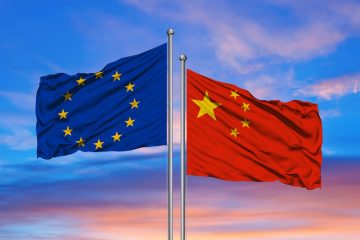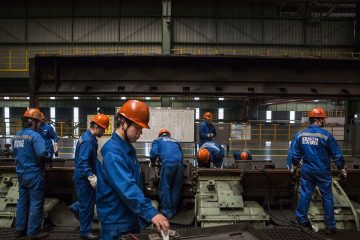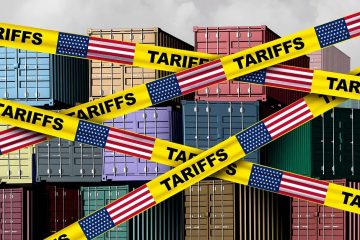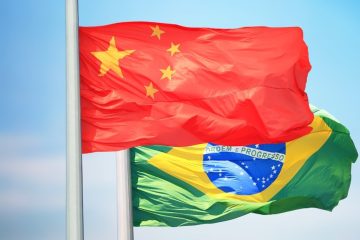China increases consumer subsidies to stimulate expenditure
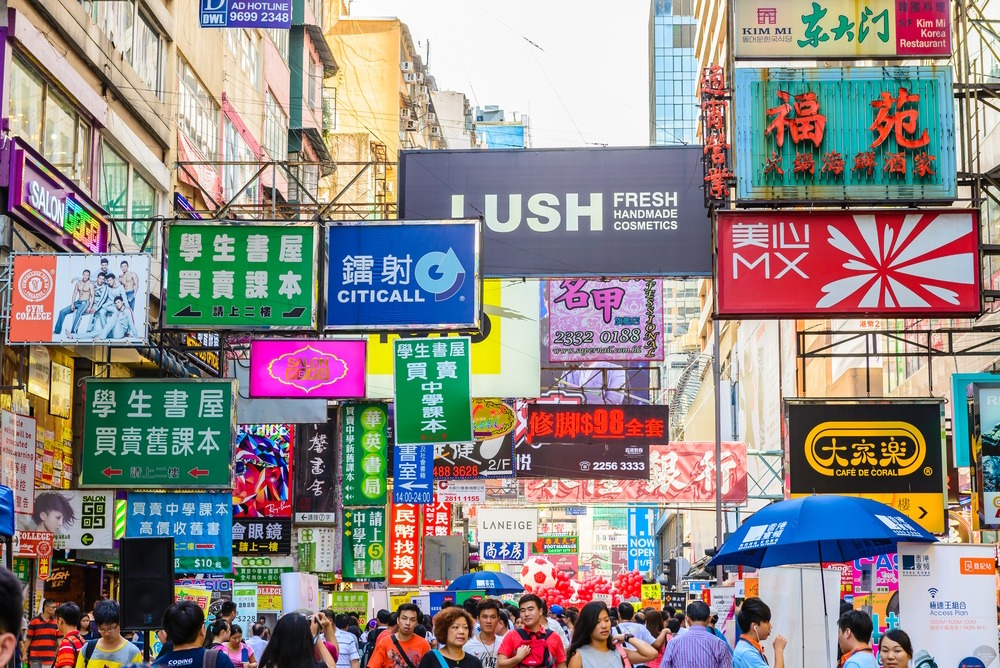
China is expanding the reach of its consumer goods trade-in program this year, as Beijing amplifies its initiatives to persuade hesitant households to increase spending amid growing external uncertainties that jeopardize the capacity of exports to sustain economic growth. The National Development and Reform Commission, China’s foremost economic authority, announced on Wednesday that the government plans to expand its home appliance trade-in program in 2025. This initiative will extend state subsidies to include microwave ovens, water purifiers, dishwashers, and rice cookers.
Purchasers of new mobile phones, tablets, and smart watches will be eligible for a 15% subsidy on items priced below 6,000 yuan, approximately $819. An official notice has stipulated that total subsidies will be limited to 1,500 yuan per individual annually. The decision follows a commitment from Chinese leaders in December to prioritize the enhancement of consumption in the current year. Earlier in January, officials indicated their intention to expand the program designed to incentivize consumers to exchange and enhance their vehicles and home appliances.
Market participants appeared largely indifferent to the specifics of the program expansion, as benchmark indices in both China and Hong Kong continued to slide during early afternoon trading. China faces mounting pressure to rejuvenate its sluggish consumer confidence and consumption levels, which could mitigate the anticipated impact of potential U.S. tariff increases that threaten to undermine a crucial growth driver for the world’s second-largest economy.
The potential imposition of tariffs poses a significant challenge for China, particularly as its growth in recent quarters has increasingly relied on net exports, according to a recent analysis by HSBC economists. According to various assessments, China appears to be managing effectively, given that its reliance on foreign demand, particularly from the United States, has been gradually diminishing, as noted by chief Asia economist Frederic Neumann and his colleagues in a recent report. This implies that the exclusion of Chinese goods from the U.S. market would result in a manageable impact on gross domestic product in the long run. However, a scenario characterized by a “tariff cascade,” where other nations implement trade restrictions following the diversion of shipments from Chinese producers that were initially destined for the U.S., would result in a more significant impact that is considerably more challenging to mitigate through stimulus measures, according to the analysts.
The pace at which domestic demand can compensate for the shortfall remains uncertain, especially in the absence of significant stimulus measures, such as a substantial enhancement of the consumer goods trade-in initiative aimed at stimulating household expenditure, experts noted. In spite of Beijing’s consistent assurances to stimulate domestic demand in recent years, both Chinese consumers and businesses have shown hesitance in their spending and investment, as a protracted downturn in the property sector continues to weigh heavily on the economy. The combination of a robust manufacturing initiative and resultant excess capacity in certain sectors has effectively contained inflation, prompting Chinese policymakers to contend with persistent deflationary forces that erode business confidence.
The Chinese leadership has suggested that additional fiscal support may be on the horizon for the nation’s cautious consumers. However, specifics remain scant, as attention turns to the upcoming annual legislature session in March, where lawmakers are anticipated to endorse a stimulus package featuring increased government borrowing. A senior official informed reporters at a press briefing on Wednesday that, in addition to backing consumer products, the government plans to allocate funds for discounted loans aimed at enabling companies to enhance their equipment.
The total funds raised through ultralong Treasury bonds earmarked for equipment upgrades and consumer trade-in programs are set to rise markedly this year compared to 2024, according to Zhao Chenxin, a senior official in state planning, who noted that further details will be disclosed at the gathering of lawmakers in March.

